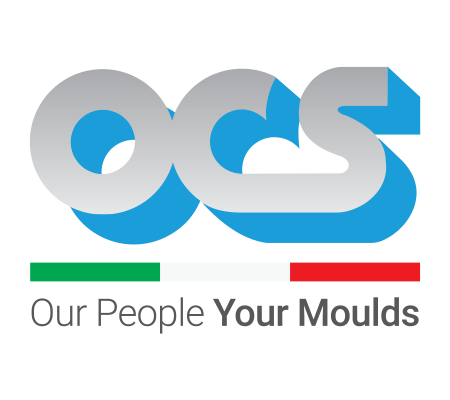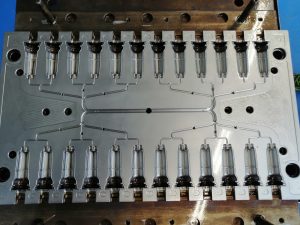Why do the moulds get dirty?
Moulds get dirty due to many factors. In fact, a mould gets dirty differently depending on the type of compound used, the geometry of the moulded piece, or the type of treatment carried out.
Cleaning the mould can have a significant influence on production quality leading to the avoidance of work slowdown and moulded gasket defects. In moulds for plastic and rubber, the dirt can be of different types:
- Material residues
- Temperature carbonisation of oil and grease
- Release agents
- Rust and limestone deposits (including in the internal cooling pipes)
- Oxides and gases
- Metallisation
- Dyes
- Graphite and calamine mineral
The dirt can cause spots on the moulded piece or cause the piece’s incorrect detachment from the mould during the moulding phase. For this reason, it is necessary to clean the mould with the proper frequency and to choose the most suitable technique to preserve the surface and to maximise efficiency of the production.
The main cleaning techniques used are as follows:
- Ultrasonic cleaning
- Laser cleaning
- Cleaning with microspheres
- Cleaning with sodium bicarbonate
- Cryogenic cleaning
- Cleaning with pens, sponges, and wire products
Any cleaning method is connected to a mould category. Let’s see some examples:
CHROME-PLATED MOULDS
On average, a chrome-plated mould gets dirty 5 times less than one that is not chrome plated. Nonetheless, to increase its lifetime it still needs to be cleaned thoroughly, depending on its level of use. Ultrasonic cleaning is the most suitable and most effective method and, therefore, the most commonly used. However, we must pay attention to alkaline concentration (it must not be high) and we need to verify whether there is chemical neutrality to prevent the chemical compound damaging the surfaces.
NON-CHROME PLATED MOULDS
The most common method for these moulds is ultrasonic cleaning. However, the mould must be covered with protective oil since the surface is not protected by chrome-plating. Inside the bath, whiteners can be used making sure that appropriate precautions have been taken. A second method is sandblasting with glass or plastic microspheres. The only precaution to be taken here is to pay attention to the pressure, as edges could be damaged by microspheres.
Download our e-book about mould cleaning to get a more in-depth view and read some expert tips from our team.




